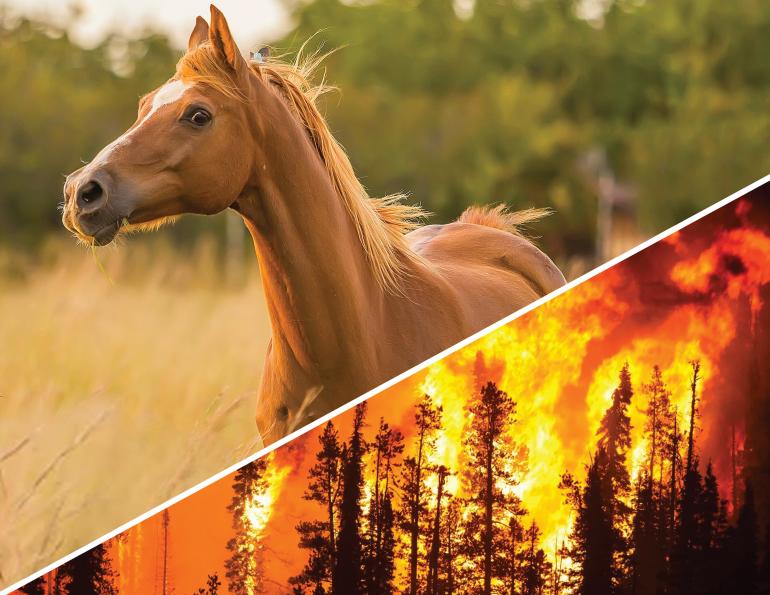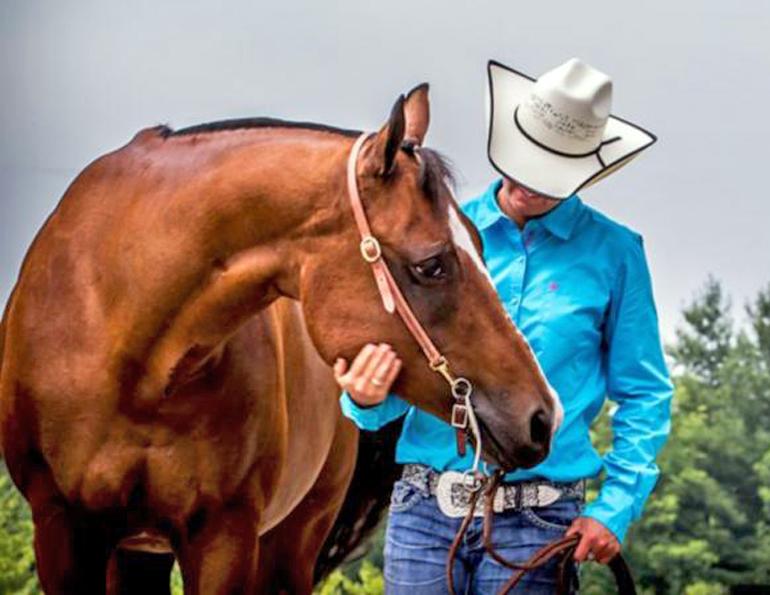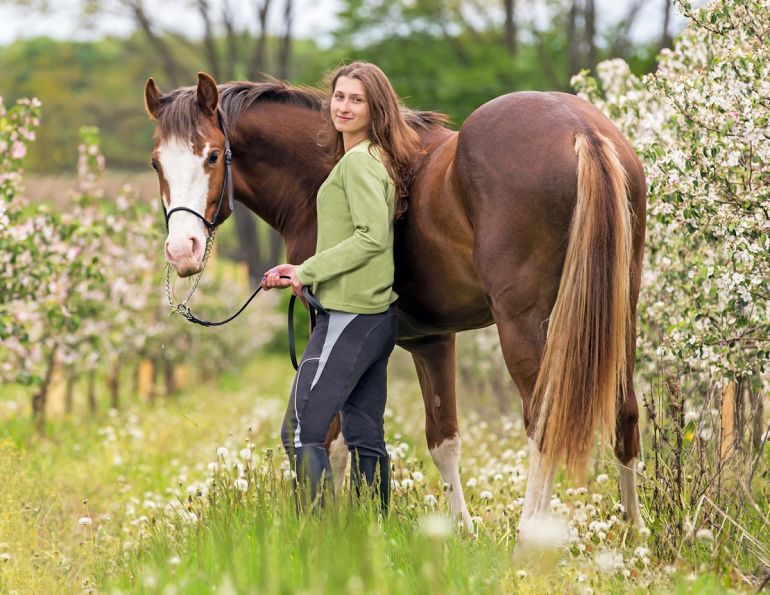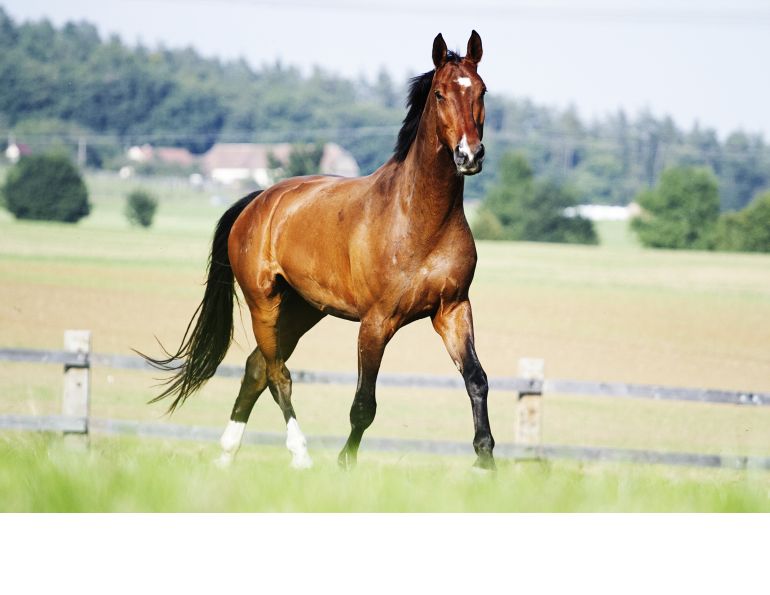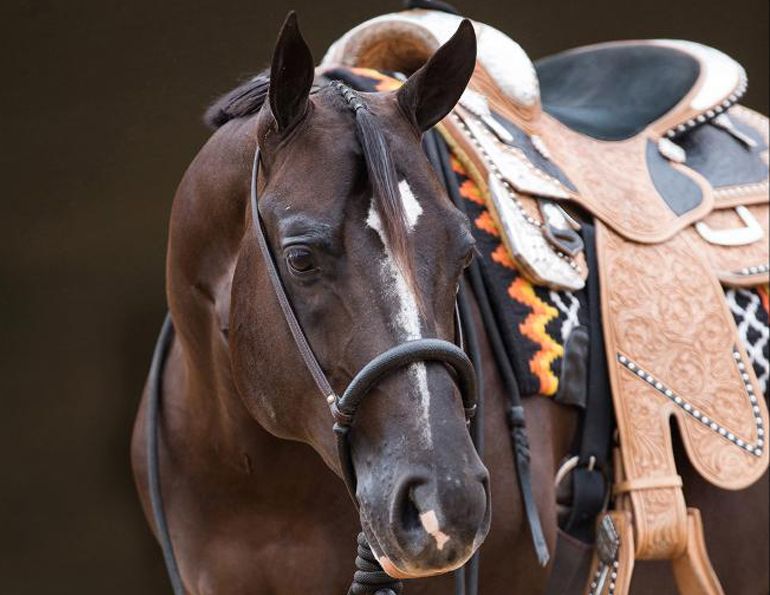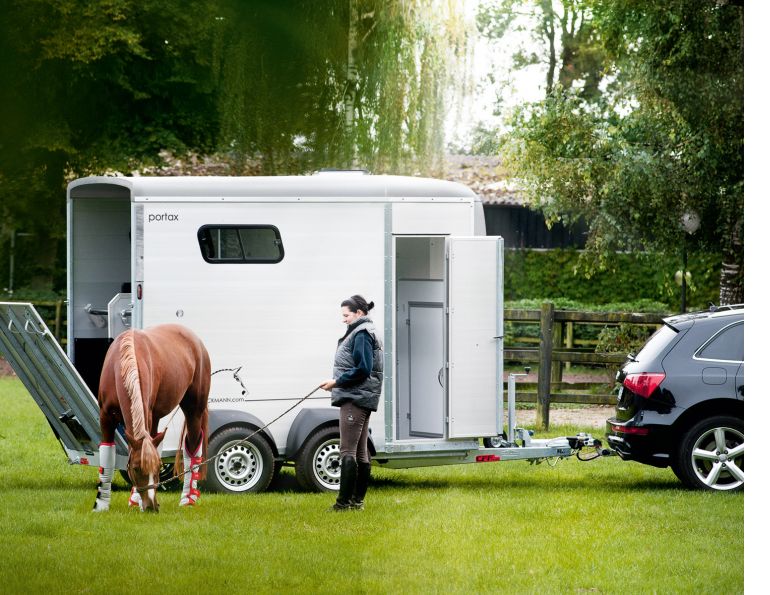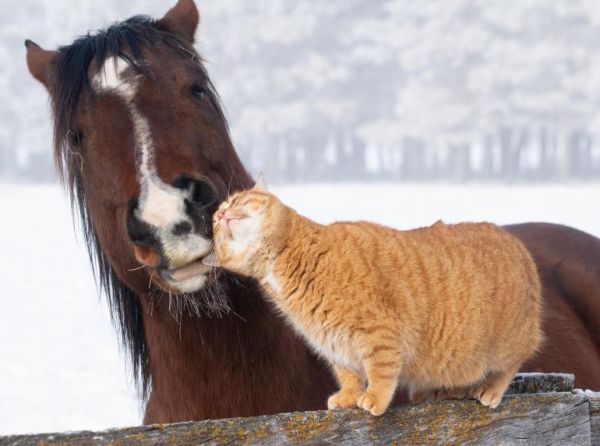Sponsored
Source: Acera Insurance
2023 marked the worst fire season in Canadian history. Alberta had earlier-than-normal fires, flames threatened Nova Scotian communities, wildfires in eastern Canada produced smoke that stalled North America’s eastern seaboard, 65 percent of the population of the Northwest Territories was forced to evacuate, plus massive British Columbia wildfires burnt homes and displaced people. Smoke was ubiquitous, affecting horse and human health.
However, communities across the country rallied to help: fighting fires; hauling horses, pets and livestock; and providing pens, stables and pastures, much of it free.
“There were heroics everywhere,” says Mike King, National Practice Leader and Partner at Acera Insurance. “The horse community across the country is famous for that.”
“Two large regions of Nova Scotia were significantly impacted by wildfires that forced many horse owners to evacuate their horses and families,” wrote Heather Meyer, Executive Director of Equestrian Nova Scotia, by email. “Our equestrian community immediately responded with transportation, stabling, fundraising, and much-needed feed and supplies.”
Equestrian Nova Scotia shared information about federal and provincial resources plus applied to Equestrian Canada’s National Recovery Fund for assistance. Impacted members could then apply for funding to offset emergency evacuation costs.
Ontario wasn’t as affected by wildfires as other provinces but still had weeks of thick smoke. Many Ontario Equestrian members were unsure whether to bring horses into barns to try to avoid the smoke or leave them turned out.
“We reached out to our education partners, Equine Guelph and McKee Pownall Equine Services, to provide guidance to members,” wrote Brandon Hall of Ontario Equestrian, by email. Ontario Equestrian then provided educational flyers and video to members regarding best practices. “After those were sent out we didn’t receive any further questions or concerns,” says Hall.
Horse Council BC used their Livestock Emergency Management Plan to organize volunteer hauling and housing for livestock impacted by fires, provided funding from their Animal Disaster Relief Fund, and worked with emergency operation centres and the Ministry of Agriculture during what is becoming known as “fire season.”
Across the country, horse owners had to wait for wildfire smoke and their horses’ smoke inhalation symptoms to subside before resuming training. However, the liability insurance coverage provided by Provincial and Territorial Sport Organizations (PTSOs) to their members remained in effect, regardless of a horse’s location. For example, if an evacuated horse damaged its temporary boarding facility, the horse owner was still covered by liability insurance. If a horse was released into the wild to fend for itself in the face of wildfire and damaged someone’s property, the member’s liability insurance remained in effect.
“The PTSOs work incredibly hard for members year-round,” says King. “But during these increasingly frequent catastrophic situations, the value of membership is crystal clear. Whether it’s insurance coverage or the ability to communicate and provide helpful resources, these groups are invaluable.”
What Now?
Scientists confirmed that climate change was the root cause of Canada’s extreme 2023 fire season, and climate volatility will undoubtedly continue. But horse owners can act to pre-empt the effects of an uncertain future. Here’s how:
- Maintain membership in a PTSO.
- Be part of the horse community, to help or be helped, when needed.
- Create an emergency plan for the barn, horses, and livestock.
- Have access to transport for pets and livestock.
- Train horses and livestock to load and travel in different trailer configurations.
- Get to know your neighbours.
Here are a few more suggestions for protecting animals and barns against out-of-control wildfires and on-property fires.
- Create a treeless buffer between buildings and forested areas. Although trees provide needed shade during hot weather and suck up excess moisture during rain, their proximity to barns and outbuildings can increase the likelihood of fire jumping from trees to buildings.
- Collect and store water onsite for emergencies or to alleviate drought. Most rural areas have limited firefighting services, and many rural properties have minimal access to water. Both limit firefighting abilities. Large barns and arena roofs are ideal rainwater collection systems.
- Store hay correctly to prevent spontaneous combustion. The whole barn can go up in flames with a winter’s worth of hay. To prevent combustion, hay must have a moisture content of less than 14 percent and be stacked in a dry area with continual air flow.
- Conduct a simple thermographic test to find potential “hot spots” in electrical systems that need repair. Many barn fires are caused by poorly maintained or inadequate electrical systems.
Since future summers may be similar to 2023, prepare now.
Acera Insurance. Same great people, stronger than ever.



